|
|
Sustainable landscaping is a design strategy that works in harmony with local plants and wildlife. It conserves energy and water use, improves air and water quality, and can save you money over time. As opposed to traditional landscaping, sustainable landscaping prioritizes environmental factors over aesthetics and works to encourage a livelier micro-ecosystem.
Busy? Try the speed read.
The scoop: After spending a few summers commercial landscaping, I learned a thing or two about what to do and what to avoid if you care about the environment. Landscaping can be complementary to surrounding wildlife, or totally intrusive, depending on your strategy.
The key to sustainable landscaping: 1) Reduce open, unused space 2) Keep grass above 3 inches 3) The lusher the better 4) Use native plants, check for invasive ones 5) Maximize what you have, your yard can be largely self-sustaining.
Bottom line: You can work with your landscaper or do it yourself. Creating a sustainable landscaping strategy does not require additional work. In fact, if done right, it should require less maintenance. You just need a little research and attention to detail if you want it to look good too.
Dig deeper → 4 min
Observe your yard
Take a walk around your property, and take note of what you like and what you don’t like. What plants thrive under little maintenance? What plants require much attention? Are there sections of your yard that experience flooding?
It is important to understand where you yard is surviving and thriving to make a clear strategy for your sustainable landscaping design.
Make a plan for sustainable landscaping
To design a sustainable landscape you’ll enjoy, you need to set intentions with a plan. Do you want a yard for recreation, relaxation, or gardening? All the above? There is a common misunderstanding that sustainable landscaping (ie mowing your lawn less frequently) hinders your ability to enjoy your space. But with a clear idea of what you want to accomplish with your yard, you can have an enjoyable, eco-friendly space in no time.
Crawl, walk, run.

I try to incorporate this strategy whenever I tackle something new. If this is your first time going for sustainable landscaping, or landscaping at all, start with one small area of your yard. Tackle one bed, or one plant species. Figure out the best way to encourage pollinators and growth within that area.
You can 1) plant perennials in a problem area where grass doesn’t grow 2) replace invasive plants with environmentally-friendly alternatives or 3) establish a rain garden to prevent stormwater runoff. Get creative!
Plant something new
Add a tree or shrub to your landscape. By planting a tree, you create opportunities for wildlife to flourish. In my backyard, we have several birds nests in trees as tall as me. It doesn’t matter how big it is, as long as you plant it! Not only do trees provide shelter for birds and small animals like squirrels, but they can also serve as host plants for insects.
We all know trees absorb carbon dioxide. But they can also provide real-time convenience for your property. Trees planted on the south side of your property provide shade for your home in the summertime (keeping it cooler) and allows more sunlight in the winter (keeping it warmer). Trees planted on the western or northern portions of your property can serve as windbreaks. You should also use trees or shrubs to fill in gaps in your beds, especially if you have a garden or too much unused open space.
Be consistent when you plant
In my backyard, I have two rows of 7-9 shrubs. If you are going to plant something on the larger side, you want to plant them in sets of three, five, seven or nine. This creates a sense of order to your sustainable landscaping design.
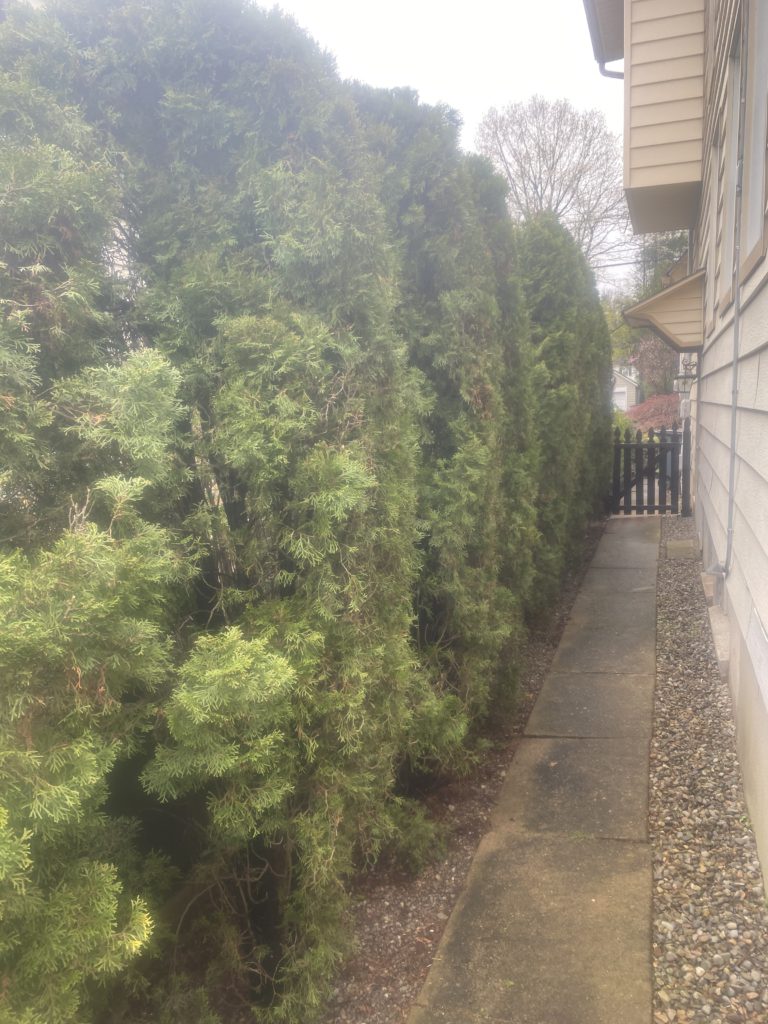
Look for native plant species
When choosing new plants for your sustainable landscape, it is important to look for native plants. Native plants require low maintenance, making them more inclusive to local wildlife. They also use less water since they are more compatible with your property’s existing ecosystem. You can discover your region’s native plants using this helpful native plant database.
Avoid invasive plants for sustainable landscaping
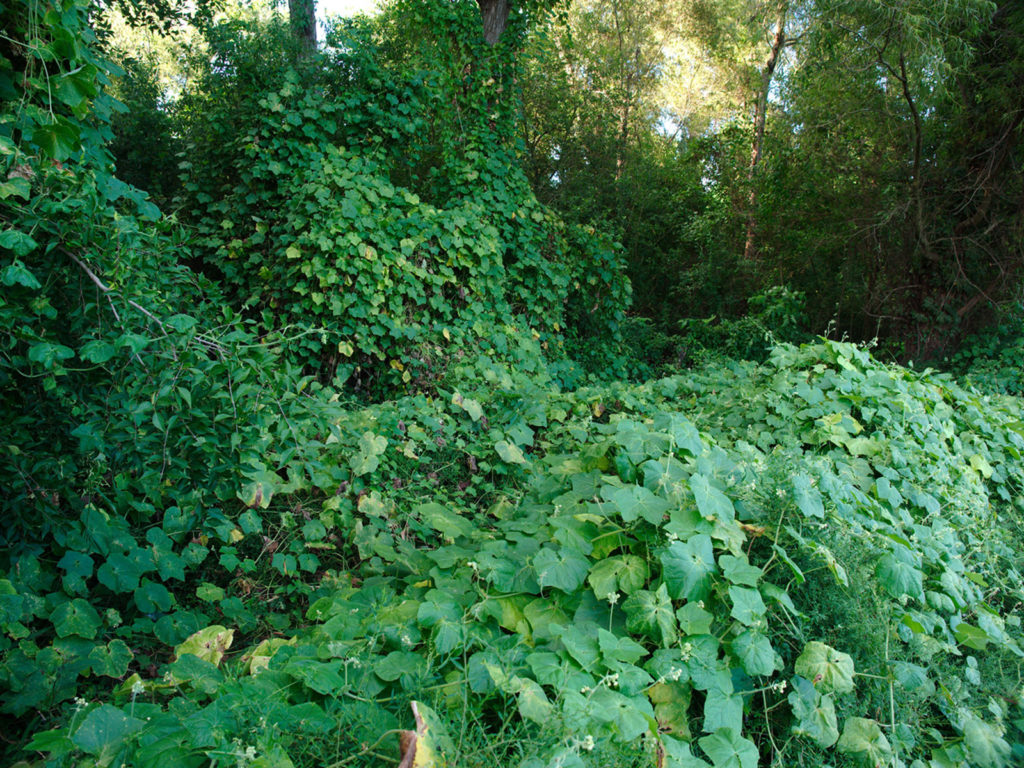
This sounds obvious, but some common suburban plants are considered invasive to certain regions. If you are going to make a plant purchase, research your species to make sure it is not listed on the invasive species list in your area. Here’s more info on invasive species.
Understand your sustainable landscaping needs
Be intentional about where your plants go. If your plant requires heavy sunlight to stay healthy in the Spring and Summer, don’t choose a shady location. Look for companion plants. Some groups of vegetables grow well together and require similar care. Here is a guide for companion planting.
Give your plants the space they need
A few years ago, I planted green giants for a client. Though we bought them at 3 feet tall, green giants can grow as tall as 20 feet. It may seem appropriate to plant them only a couple of feet apart when they are young, but a mature plant of 20 feet needs considerable space to grow and flourish. Think long-term when choosing space between plants. Think about what the plant will look like years down the road, not what it looks like now.
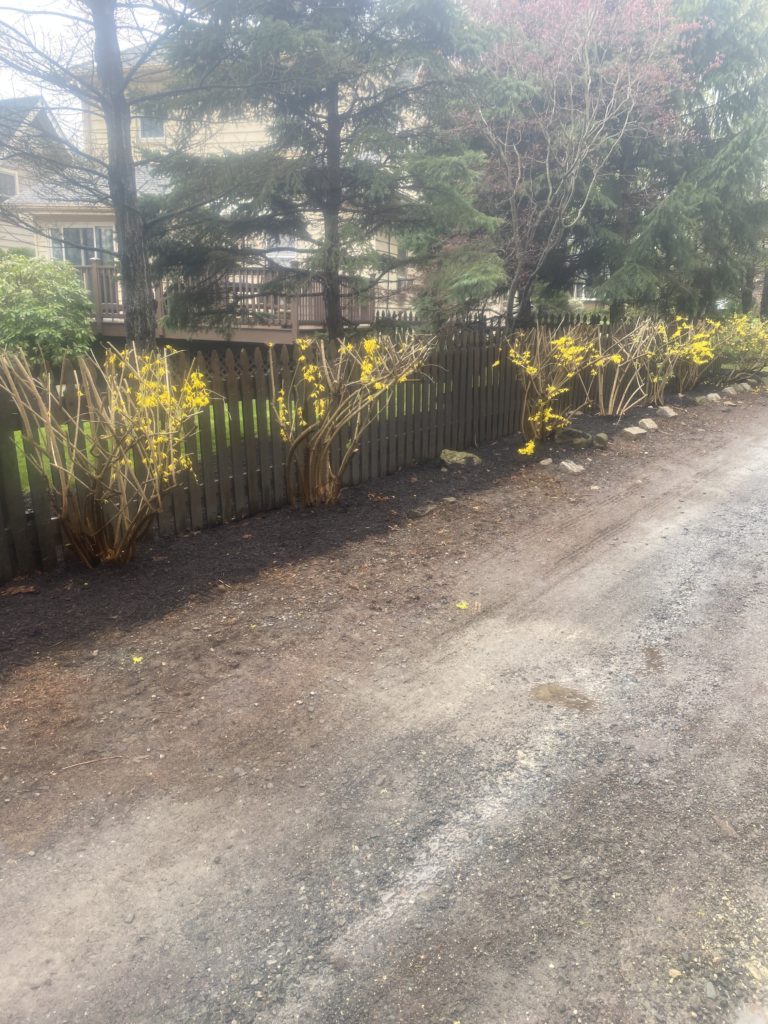
That is an image of my new row of bushes. They are still budding for the Spring. Since they grow really fast and really tall, it was important to give enough space between each bush. While it may look like a lot of space now, when they grow full size, they will be nearly touching.
Reduce open space for sustainable landscaping
When Americans think of yards, we think of open, freshly-cut lawns. Unfortunately, open green pastures (unless used for food crops) are not the most eco-friendly option for your property. Grass areas require lots of attention to prevent overgrown weeds or dead spots. And for all that time and effort, they offer very little to your ecosystem. In nature, everything has a purpose. It is important to make your sustainable landscape as purposeful as possible.
So while it’s okay to reserve an area of your yard for open space, reduce it wherever possible and replace it with areas that allow local plants and wildlife to thrive.
How to cut your grass (the sustainable way)
Sustainable landscaping requires a slightly different approach to lawn mowing. Do not cut your grass too short. Leave it at least three inches high to keep your roots healthy and deter pests. Mulching lawnmowers reuse lawn trimmings and retain nutrients in your soil, rather than disposing them in a bag. You can also throw your lawn trimmings in your compost pile.
The fuller, the better
When you think about sustainable landscaping, you should think about nature. What did my property look like before 1800? It was probably dense forest, if you live away from the desert. Recreate that image as best you can. The more lush your landscape appears, the more likely it will self-sustain itself with naturally occurring mulch, fertilizer, nutrients, and weed control.
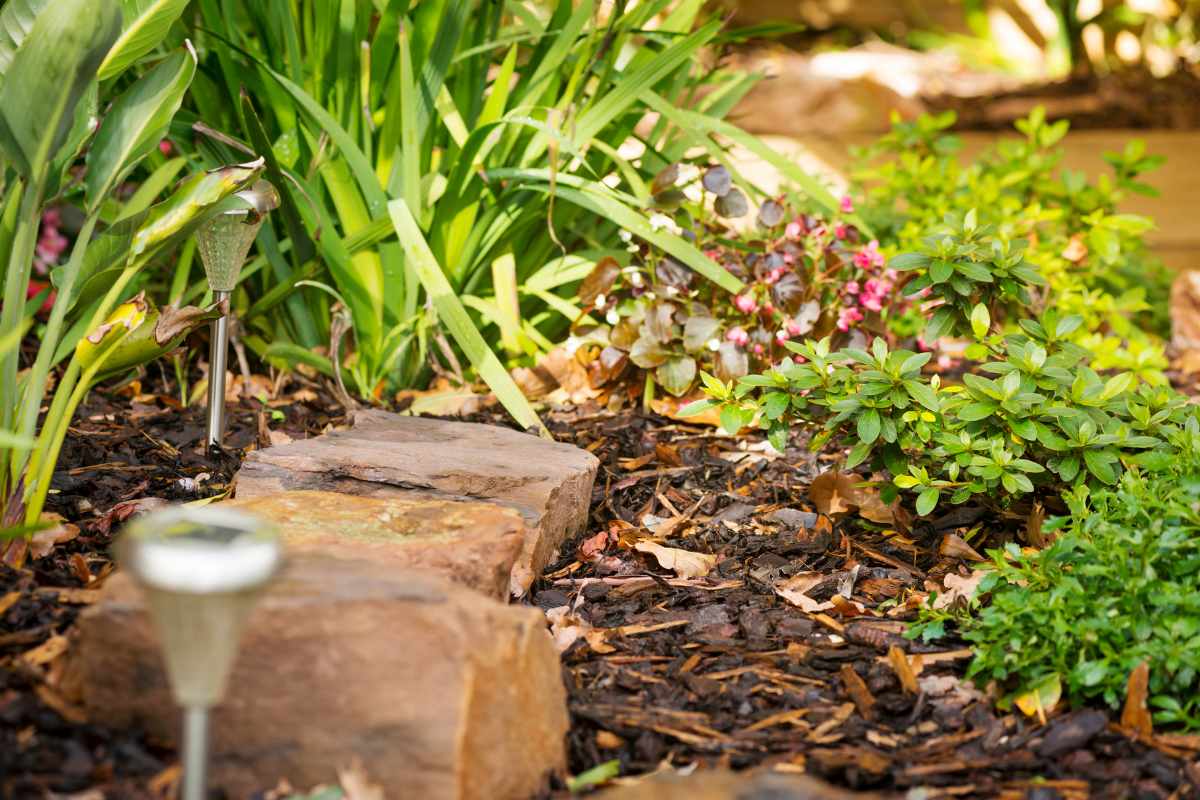
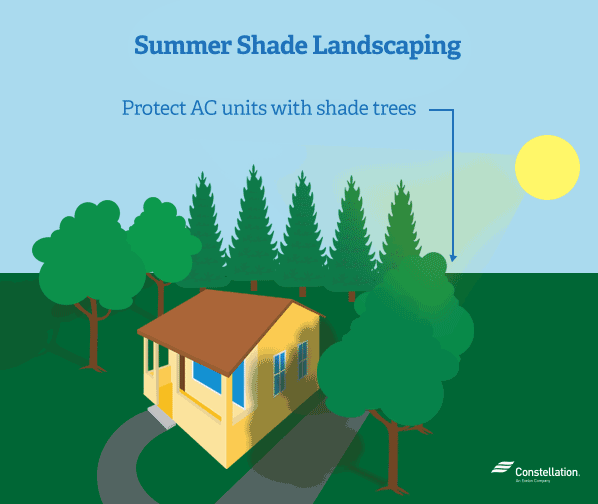


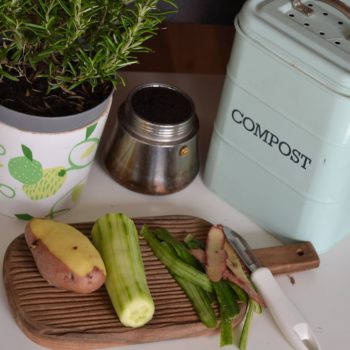
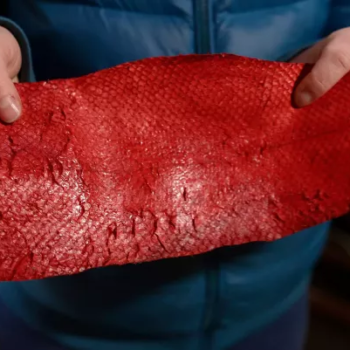

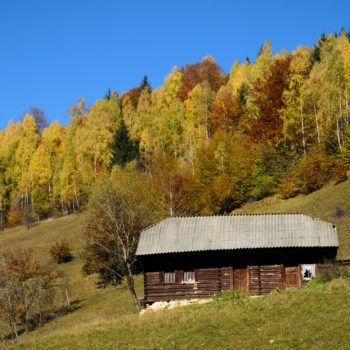






No Comments